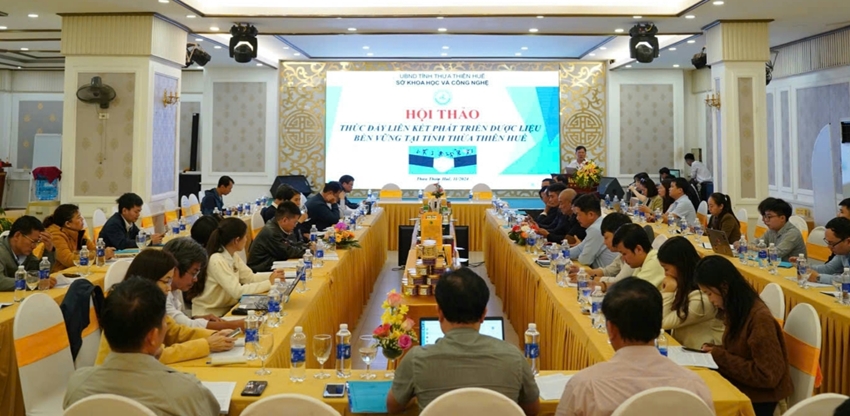 |
| Workshop to discuss solutions to promote sustainable medicinal development linkages in the area |
The hardest part is the output.
The whole province currently has 315.35 hectares of main medicinal plants, including annual medicinal plants such as: Artichoke, basil, lemongrass, ginger... and perennial medicinal plants such as: Melaleuca, Polygonum multiflorum, Tangerine peel, Polyscias fruticosa... The above areas are mainly concentrated in Nam Dong district (46.5 hectares), A Luoi (15.02 hectares), Phong Dien (232 hectares), Huong Thuy (15.68 hectares).
In recent years, investment in developing raw material areas and developing a number of products through programs, projects, and science and technology tasks... has helped improve the productivity and quality of medicinal products. Some medicinal products have been effective such as: cajeputi, morinda officinalis, cyperus rotundus, ginseng, ca gai leo, ginseng, mint, soil fu ling, lemongrass, turmeric... However, according to Mr. Ho Thang, Director of the Department of Science and Technology, the construction of a medicinal production chain in the province is still weak; the medicinal consumption market is uncertain and unstable due to the lack of outlets for products; and there are very few forms of cooperation in developing medicinal materials.
Deputy Director of the Department of Agriculture and Rural Development - Mr. Le Van Anh agrees that the infrastructure system of medicinal plant growing areas is still lacking, not meeting the requirements of large-scale, concentrated production. There is no planning of medicinal plant growing areas for each strong plant species. Not many businesses have invested in deep processing facilities, so the value of the products is still low. In addition, people often produce spontaneously, are not proactive in the consumption market, and lack technical knowledge to grow medicinal plants, especially rare medicinal plants.
Among the solutions proposed at the workshop, such as: Technology transfer, planning of concentrated medicinal herb growing areas, infrastructure investment, science and technology solutions, policy mechanisms..., the solution to develop the medicinal herb consumption market received the most attention from delegates. Many opinions suggested the need to encourage forms of production linkage between enterprises and farmers; in which, enterprises support capital, science and technology, product consumption and people organize production, supply products for enterprises to consume.
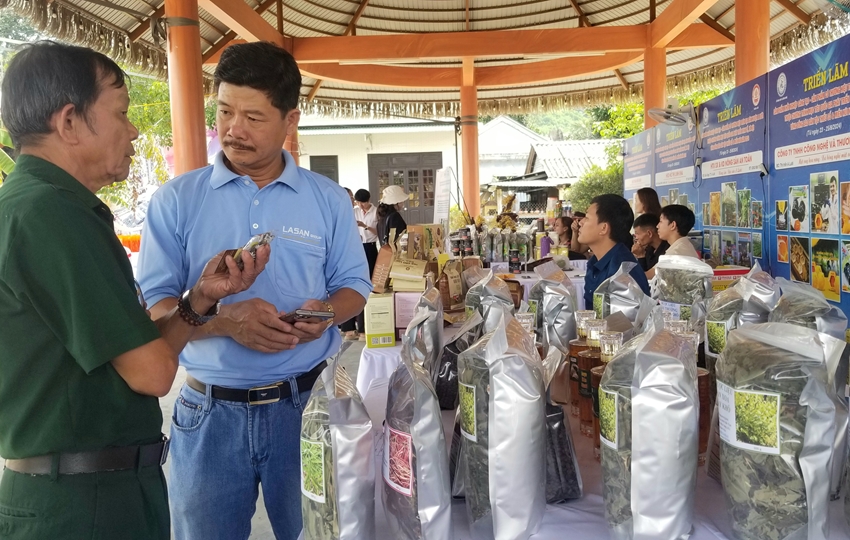 |
| To create valuable medicinal products, La San Company is cooperating with A Luoi people to develop raw material areas. |
Mr. Ho Thang said that although state agencies and scientists are always ready to accompany people, support them with techniques, technology, materials..., the core is still the local government at the grassroots level. The government must directly promote, encourage, and "shake hands and guide" people to participate in developing sustainable medicinal material areas. Encourage farmers to change their crop structure, from ineffective production areas to effective medicinal material growing models, suitable for market demand.
Identify the role of each link
The most important link in the chain is considered to be the enterprise. Because only the bold investment and activeness of the enterprise can connect to commit to supporting input materials, commit to consuming products, commit to producing valuable products. This is also the key to solving the existing problem of monotony, revolving around familiar, low-value medicinal products to form new faces, new medicinal products, both indigenous and endemic medicinal products.
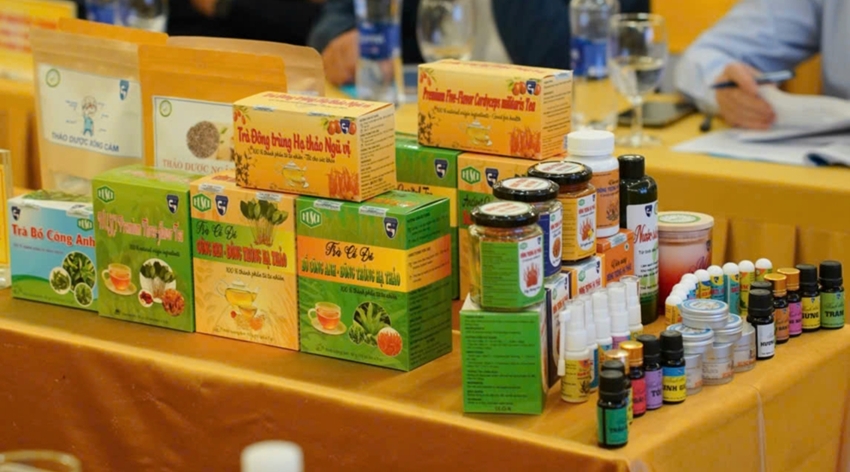 |
| Many medicinal products on the market are the result of the cooperation between four manufacturers. |
Green Alliance Production - Trading Company Limited is one of the typical ones operating under the chain linkage model with the participation of the community, cooperatives and partner companies. Company Director - Pham Nguyen Thanh shared that the company builds long-term cooperation with the managing communities and local economic organizations to preserve, restore, and enrich herbal resources under the forest canopy, exploit sustainably and promote responsible consumption.
Based on local medicinal resources, the company develops high-quality and unique product lines for health care, skin and hair, living space... to suit market needs. This linkage model contributes to increasing income for participating communities, improving biodiversity and providing the market with high-value products.
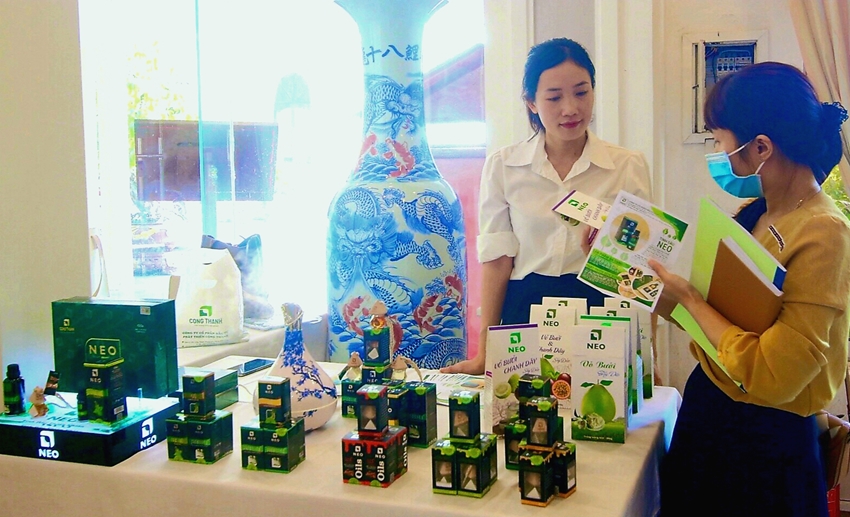 |
| Linking the chain from production, processing to commercialization for sustainable development of medicinal products |
With the trend of medicinal herbs being the raw material source of the modern pharmaceutical industry in the future, the need for health care using traditional medicine combined with modern medicine is gradually becoming the priority choice of many people. Moreover, medicinal herbs are not only simple medicines and medicinal plants but also a national cultural heritage that needs to be protected, promoted and developed. Therefore, promoting the connection of 4 houses: Farmers, businesses, scientists, and the State is the solution to develop raw material areas and medicinal products in a sustainable direction, applying high technology and effective commercialization. In particular, it is necessary to focus on building a good chain of links, contributing to improving efficiency, creating breakthroughs in productivity, quality, enhancing the value of medicinal herbs, meeting the increasing needs of society and ensuring the goal of sustainable agricultural development.
Close links between the companies will help to form and develop a direction with four strategic development goals throughout the entire value chain from medicinal herbs: Green raw materials, green technology, green products, green services. Only links can create a combined strength, helping medicinal plant products develop and be competitive in the domestic and international markets.
Source: https://baothuathienhue.vn/kinh-te/khoa-hoc-cong-nghe/thuc-day-lien-ket-phat-trien-duoc-lieu-ben-vung-148311.html



![[Photo] National Assembly Chairman Tran Thanh Man receives United Nations Secretary-General Antonio Guterres](https://vphoto.vietnam.vn/thumb/1200x675/vietnam/resource/IMAGE/2025/10/25/1761390815792_ctqh-jpg.webp)
![[Photo] Prime Minister Pham Minh Chinh and United Nations Secretary-General Antonio Guterres attend the Press Conference of the Hanoi Convention Signing Ceremony](https://vphoto.vietnam.vn/thumb/1200x675/vietnam/resource/IMAGE/2025/10/25/1761391413866_conguoctt-jpg.webp)

![[Photo] Prime Minister Pham Minh Chinh receives United Nations Secretary-General Antonio Guterres](https://vphoto.vietnam.vn/thumb/1200x675/vietnam/resource/IMAGE/2025/10/25/1761390212729_dsc-1484-jpg.webp)

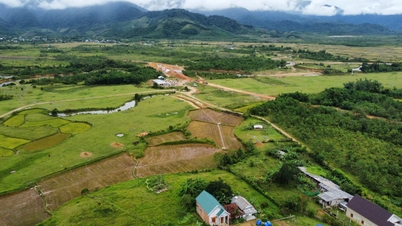

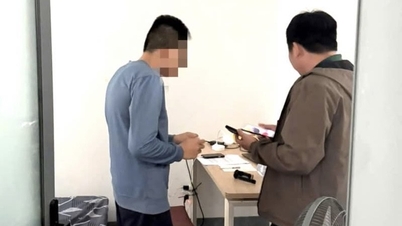
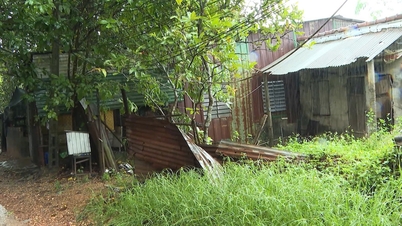
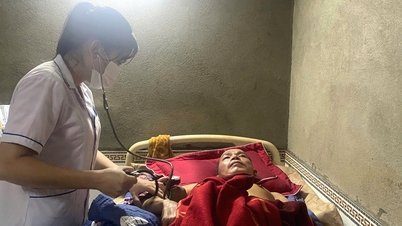










![[Photo] General Secretary To Lam meets with General Secretary and President of Laos Thongloun Sisoulith](https://vphoto.vietnam.vn/thumb/1200x675/vietnam/resource/IMAGE/2025/10/25/1761380913135_a1-bnd-4751-1374-7632-jpg.webp)














































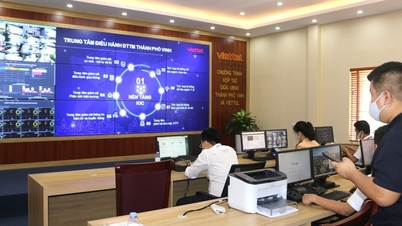



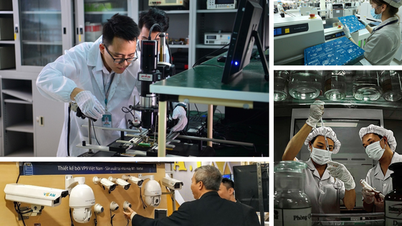










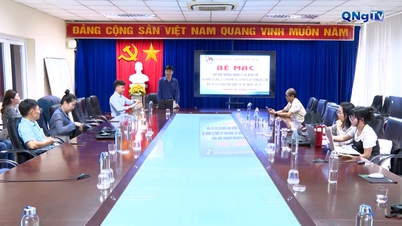
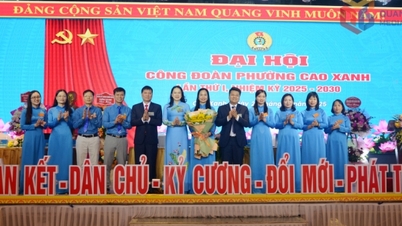


















Comment (0)